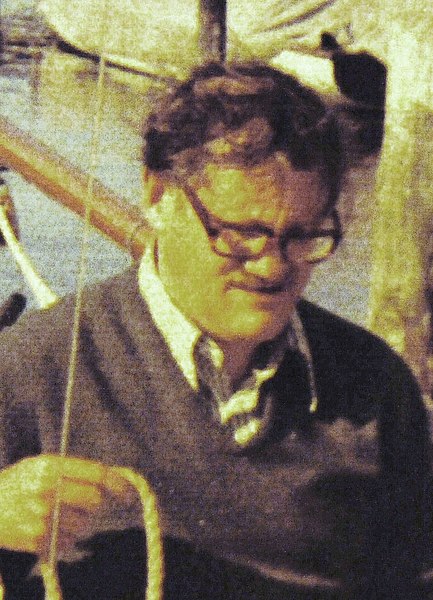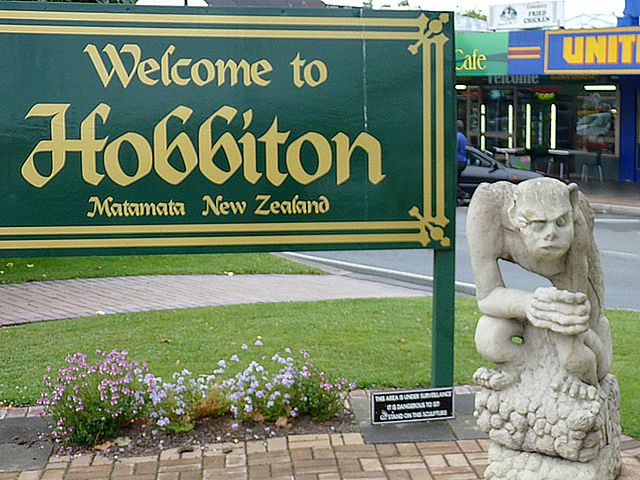Translating The Lord of the Rings
J. R. R. Tolkien's The Lord of the Rings has been translated, with varying degrees of success, into dozens of languages from the original English. Tolkien, an expert in Germanic philology, scrutinized those that were under preparation during his lifetime, and made comments on early translations that reflect both the translation process and his work. To aid translators, and because he was unhappy with the work of early translators such as Åke Ohlmarks with his Swedish version, Tolkien wrote his Guide to the Names in The Lord of the Rings in 1967; this was released publicly in 1975 in A Tolkien Compass, and again, retranscribed, in the 2005 book The Lord of the Rings: A Reader's Companion. The complexity of the book, the nature of Tolkien's prose style, and the many names of characters and places combine to make translation into any language a challenge. Linguists have examined translations into several languages, noting the specific difficulties in each case, and the choices and errors that translators have made.

Max Schuchart in 1968
Åke Ohlmarks
Francis Ledoux's translation "diminishes the peculiarities" of Gollum's distinctive style of speech. Painting of Gollum by Frederic Bennet, 2014
Muravyov and Kistyakovsky's Russian translation used the "loaded words" Generalissimo and Boss that sharply identified Stalin as the evil leader who had taken over the Shire. 1946 poster of Stalin by Nikolai Avvakumov (1908), with the caption "Long live our teacher, our father, our leader, Comrade Stalin!"
The Lord of the Rings is an epic high fantasy novel by the English author and scholar J. R. R. Tolkien. Set in Middle-earth, the story began as a sequel to Tolkien's 1937 children's book The Hobbit, but eventually developed into a much larger work. Written in stages between 1937 and 1949, The Lord of the Rings is one of the best-selling books ever written, with over 150 million copies sold.
Beowulf's eotenas [ond] ylfe [ond] orcneas, "ogres [and] elves [and] devil-corpses" helped to inspire Tolkien to create the Orcs and Elves of Middle-earth.
Barbara Remington's cover illustrations for the Ballantine paperback version "achieved mass-cult status" on American college campuses in the 1960s. They were parodied by Michael K. Frith's cover design for the 1969 Bored of the Rings.
"Welcome to Hobbiton" sign in Matamata, New Zealand, where Peter Jackson's film version was shot





![Beowulf's eotenas [ond] ylfe [ond] orcneas, "ogres [and] elves [and] devil-corpses" helped to inspire Tolkien to create the Orcs and Elves of Middle-e](https://upload.wikimedia.org/wikipedia/commons/thumb/c/cd/Beowulf_eotenas_ylfe_orcneas.jpg/640px-Beowulf_eotenas_ylfe_orcneas.jpg)

